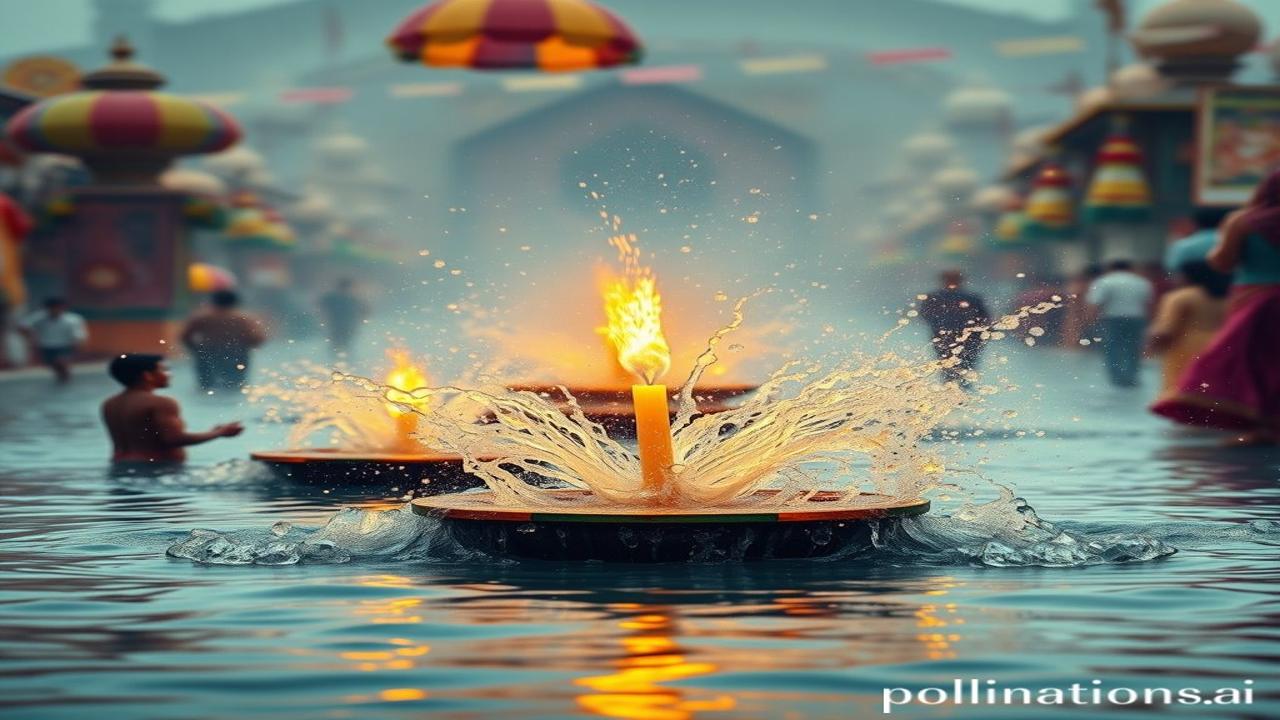Pani Mein Itihas: Unearthing the Forgotten Water Sports of Ancient India
Kabhi socha hai, jab Indus Valley Civilization ki dhool udi thi, tab log nadiyon mein kya karte the? Waqt ki gehri nadiyon mein, humne kuch kahaniyan chhupa rakhi hain – ancient India ke amazing water sports ki kahaniyan! Believe it or not, hamare purvaj sirf kheti aur dharm hi nahi karte the, they were also serious about having fun in the water!
Paani Se Purana Rishta: The Historical Context
What exactly are we talking about? We’re diving deep into the water sports that existed in ancient India. Think beyond swimming, think of races, mock naval battles, and even acrobatic feats performed in rivers and lakes.
When and where? This wasn’t a phenomenon confined to one era. Evidence suggests that from the Indus Valley Civilization (3300-1700 BCE) to the Mauryan and Gupta periods (322 BCE – 550 CE), water held a special place in Indian life, not just for survival but also for recreation. Riverbanks became social hubs, and water sports were an integral part of community celebrations and royal entertainment.
Why is it important? Kyunki yeh hamari dharohar hai, our heritage! It reveals a side of ancient India that we often overlook – their understanding of leisure, community, and the importance of physical skill. It connects us to a past where life wasn’t all about survival, but also about living it to the fullest. It proves that “all work and no play” was definitely not the motto of ancient Indians!
Ghats and Games: Life by the Water
Imagine a Mauryan ghat bustling with activity. Rulers like Chandragupta Maurya would organize boat races for the masses. Picture this:
“Arre, Raja ke liye ek aur jhandi! Dekho, kitni tezi se woh nauka chal rahi hai!”
Artisans sculpted intricate boats for these races, decorating them with vibrant colors and carvings. Nauka vihar, or boating, wasn’t just transportation; it was a spectacle, a form of kala (art) and entertainment.
Now, switch the scene to the Gupta period. Think of young men training in jala-stambha, an ancient form of water acrobatics. They would climb tall poles erected in the river and perform daring dives and twists, showcasing incredible balance and control.
Maa Rukmini apne bachchon ko dikhane aati, “Dekho beta, kitni shakti hai unmein! Yeh hamari dharti ka mahan virasat hai.”
Even women weren’t left out! Sculptures and literature suggest they participated in swimming competitions and leisurely boating activities. The water was a space for all – a place of play, skill, and community bonding.
Aaj Ki Dhara Mein: Water Sports and Indian Identity
Does any of this echo in today’s India? Absolutely! From the iconic Kerala boat races (snake boat races) during Onam to the local swimming competitions in villages across India, the spirit of ancient water sports lives on. The Ganga Aarti in Varanasi, with its elaborate rituals on the river banks, reminds us of the sacred and recreational significance of water.
These traditions are woven into the fabric of Bharatiyata (Indianness), reminding us of our deep connection to nature and the importance of community celebrations. Modern water sports in India, like rafting and kayaking, can be seen as a continuation of this age-old tradition, albeit with a contemporary twist.
Kya Aap Jaante Hain? Fun Facts Ahoy!
Log samajhte hain ki ancient Indians sirf nadi ko paar karne ke liye istemaal karte the… lekin asli sach yeh hai ki they were innovators! They understood the currents, the eddies, and the power of water. They weren’t just swimming; they were mastering the element! One more fact: Did you know that some ancient texts even describe underwater breathing techniques? Imagine, ancient scuba diving!
Paani Ki Zubani: Visual and Sensory Impressions
Picture the scent of sandalwood incense drifting from the temples lining the riverbank. The rhythmic splash of oars cutting through the water. The sound of laughter echoing across the ghats. The cool, smooth feel of the river stones beneath your feet. The vibrant colors of the boats reflecting in the shimmering water. It was a sensory feast, a celebration of life in all its glory.
Antim Vichar: A Drop of Wisdom
Just like a river flows continuously, so does our cultural heritage. Let’s remember and celebrate the ancient water sports of India, a testament to our ancestors’ ingenuity, love for life, and deep connection to the natural world.
“Jal hi jeevan hai, jal hi kal” – Water is life, water is tomorrow. Let us cherish and protect it, just like our ancestors did.
